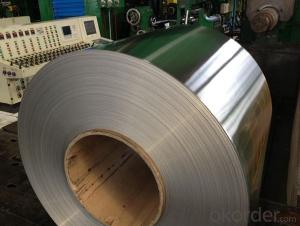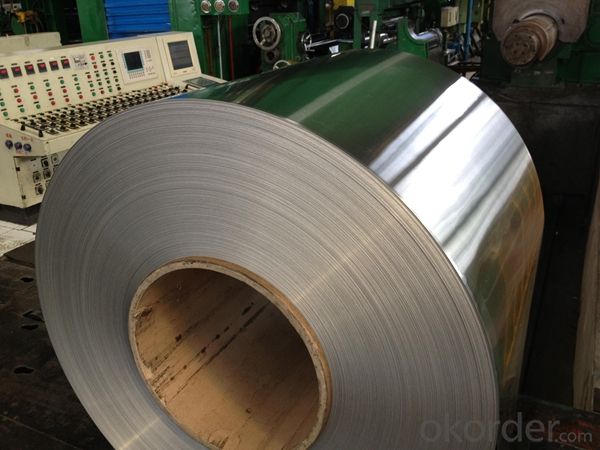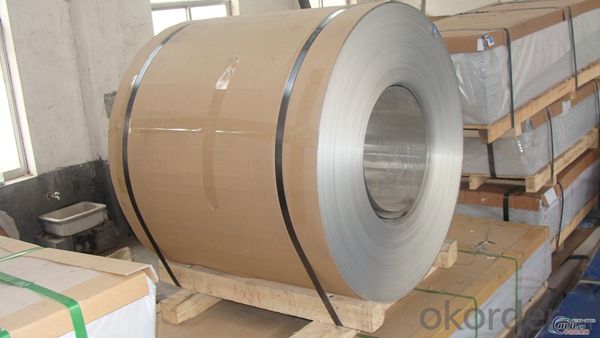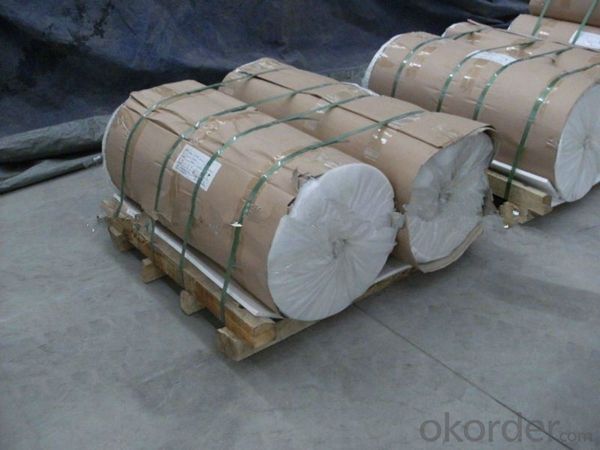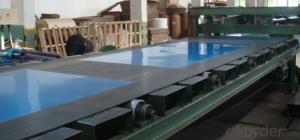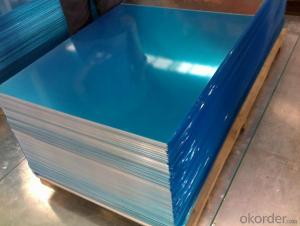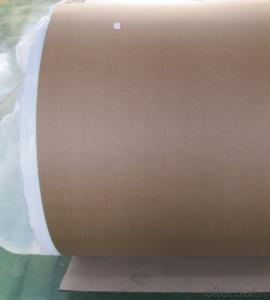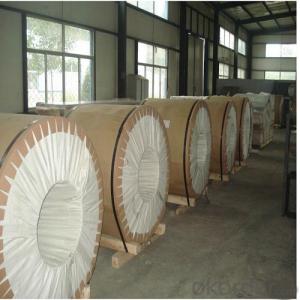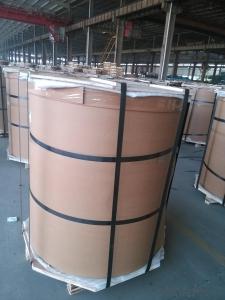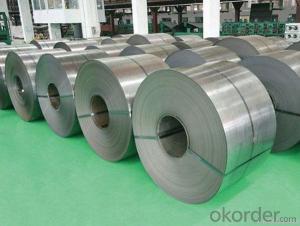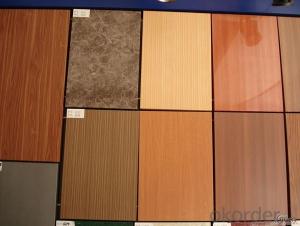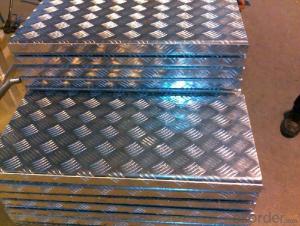1 4 in Sheets of Aluminum - Mill Finished Aluminium Coils for Metal Roofing Fabrication
- Loading Port:
- Shanghai
- Payment Terms:
- TT OR LC
- Min Order Qty:
- 5 m.t.
- Supply Capability:
- 10000 m.t./month
OKorder Service Pledge
OKorder Financial Service
You Might Also Like
Specification
1. Specification of Mill Finished Aluminium Coils for Metal Roofing Fabrication
ALLOY | AA1050 AA1060 AA1070 AA1100 ETC AA3003 AA3004 AA3005 AA3104 AA3105 ETC AA5005 AA5052 AA5083 AA5754 ETC |
TEMPER | H14,H18,H24,H26,H32 |
THICKNESS | 0.2MM-20MM |
WIDTH | 10mm-1500mm |
COIL WGT | 2Mt - 3Mt |
Coil ID | 20" |
SURFACE | Mill finished etc |
STANDARD | GB/T 3880-2006 |
2. Application of Mill Finished Aluminium Coils for Metal Roofing Fabrication
(1).Interior: wall cladding, ceilings, bathrooms, kitchens and balconies, shutters, doors...
(2).Exterior: wall cladding, facades, roofing, canopies, tunnels,column covers , renovations...
(3).Advertisement: display platforms, signboards, fascia, shop fronts...
3. Feature of Mill Finished Aluminium Coils for Metal Roofing Fabrication
Surfact Quality :
Be free from Oil Stain, Dent, Inclusion, Scratches, Stain, Oxide Dicoloration, Breaks, Corrosion, Roll Marks, Dirt Streaks and other defect which will interfere with use,
Mechenical Property:
Chemical Composite and Mechanical Property
4. Certificate:
SGS and ROHS(if client request, paid by client), MTC(plant provided), Certificate of Origin(FORM A, FORM E, CO), Bureau Veritas and SGS (if client request, paid by client), CIQS certificate
5. Image of Mill Finished Aluminium Coils for Metal Roofing Fabrication
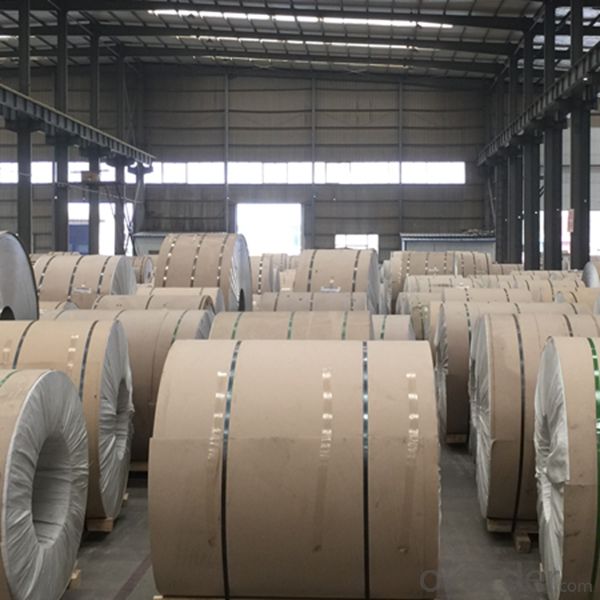
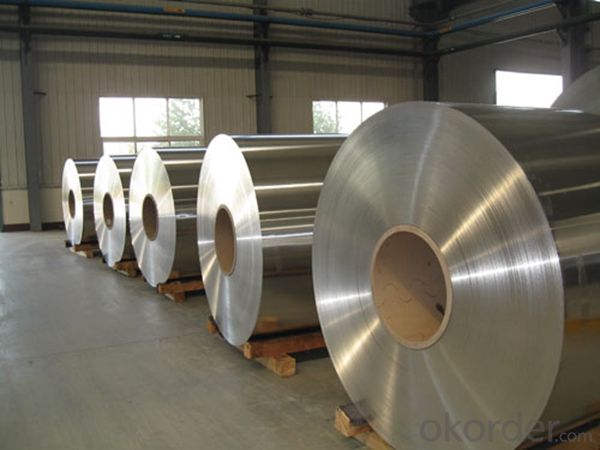
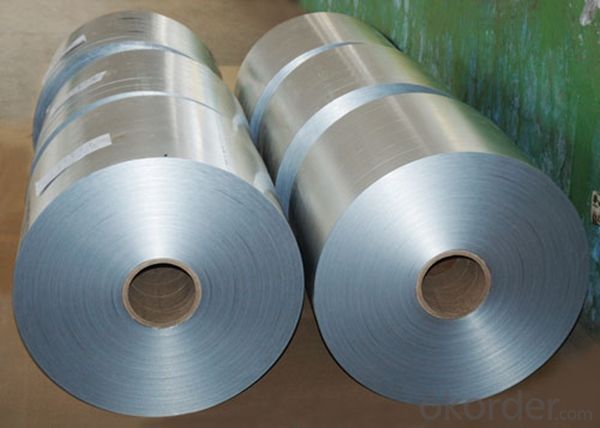
6. Package and shipping of Mill Finished Aluminium Coils for Metal Roofing Fabrication
First, plastic cloth with drying agent inside; Second, Pearl Wool ; Third, wooden cases with dry agent , fumigation wooden pallets, aluminum surface could cover blue PVC film
7. FAQ
1) What is the delivery time?
Dpends on actual order, around 20 to 35 days
2)What is the QC system:
We have QC staff of 20 persons and advanced equipment, each production is with MTC traced from Aluminum ingot lot.
3) What market do you mainly sell to?
Australia, America, Asia, Middle East, Western Europe, Africa etc
- Q: This question asks for a list of aluminum sheet types suitable for exterior applications, indicating a need for knowledge on construction materials.
- <p>Aluminum sheets for exterior use come in various types, each with specific properties and applications. Some common types include: 1. Mill Finish Sheets: These have a natural aluminum finish and are corrosion resistant. 2. Anodized Aluminum Sheets: They offer enhanced durability and resistance to weathering. 3. Painted Aluminum Sheets: These are coated with a protective paint layer for improved aesthetics and weather resistance. 4. Embossed Aluminum Sheets: They provide a textured surface and are used for both aesthetic and functional purposes. 5. Perforated Aluminum Sheets: These have holes and are used for ventilation and light filtration. 6. Aluminum Composite Material (ACM) Sheets: These are lightweight and used for cladding due to their strength and low weight. Each type is chosen based on the specific requirements of the project, such as weather conditions, aesthetic preferences, and structural needs.</p>
- Q: i want to a material which is similar in properties like aluminium which has similar casting properties and easily available.
- It depends on what properties you are interested in. If you want specific answers, you need to ask specific questions. The previous answerers are not very well informed... There are, in fact, many excellent Al based casting alloys. And... cast alloys of brass, pot metal, lead, etc are not very similar to Al (but, again, it depends on specifically what properties you want). Consult your friendly neighborhood metallurgist but think about exactly what characteristics you need to have. The more completely you can define your requirements, the better someone can advise you on the pros and cons of different material selections.
- Q: Can aluminum sheets be used in food packaging?
- Indeed, aluminum sheets find widespread application in the realm of food packaging. The utilization of aluminum in this context is prevalent owing to its exceptional capability to shield food from detrimental elements like light, oxygen, moisture, and other external agents that may cause spoilage or contamination. Notably, aluminum sheets possess the qualities of being lightweight, long-lasting, and resistant to corrosion, rendering them perfectly suitable for an array of food packaging formats, including foil wraps, containers, trays, and pouches. Moreover, the recyclability of aluminum further solidifies its status as an eco-friendly option for food packaging.
- Q: Is it possible to construct furniture using aluminum sheets?
- <p>Yes, you can use aluminum sheets to make furniture. Aluminum is a lightweight, durable, and corrosion-resistant material that is often used in modern furniture design. It can be easily shaped and welded, making it suitable for a variety of furniture pieces such as tables, chairs, and shelving. However, it's important to consider the design and structural integrity, as well as the finish and comfort, when creating furniture with aluminum. It's also advisable to use appropriate tools and techniques to ensure safety and quality in the construction process.</p>
- Q: What is the electrical conductivity of aluminum sheets?
- Aluminum sheets possess a rather high electrical conductivity, positioning aluminum as an exceptional conductor of electricity among typical metals. With an approximate conductivity rating of 37.7 x 10^6 siemens per meter (S/m), aluminum thrives as a favored selection for an array of electrical purposes, including wiring, power transmission lines, and electrical connectors.
- Q: How do aluminum sheets perform in extreme weather conditions?
- Aluminum sheets perform well in extreme weather conditions due to their high resistance to corrosion and ability to withstand harsh elements such as strong winds, heavy rains, and extreme temperatures.
- Q: Are aluminum sheets suitable for interior design applications?
- Yes, aluminum sheets are suitable for interior design applications. Aluminum is a versatile and durable material that can be used in various ways to enhance the aesthetics of interior spaces. It can be easily shaped, cut, and manipulated to create unique and modern designs. Aluminum sheets are available in different finishes, such as brushed, polished, or textured, which allows for a wide range of design possibilities. One of the main advantages of using aluminum sheets in interior design is their lightweight nature. This makes them easy to handle and install, reducing labor and transportation costs. Additionally, aluminum is resistant to corrosion, making it suitable for areas with high humidity or moisture, such as bathrooms or kitchens. Aluminum sheets can be used for various applications in interior design, including wall cladding, ceiling panels, room dividers, furniture, and decorative elements. They can be painted or coated in different colors to match any interior design scheme. Aluminum sheets can also be perforated or engraved to create patterns or intricate designs, adding a unique visual appeal to the space. Furthermore, aluminum is a sustainable material as it is highly recyclable. Its recycling process requires only a fraction of the energy needed to produce new aluminum, making it an eco-friendly choice for interior design applications. In conclusion, aluminum sheets are highly suitable for interior design applications due to their versatility, durability, lightweight nature, resistance to corrosion, and ability to be shaped and manipulated. They offer a wide range of design possibilities and can be used for various applications, making them a popular choice among designers and architects.
- Q: I am doing some exam review and do not know how to do these...Calculate the number of Nitrate ions in 3.99 g or aluminum nitrate.
- ? number of NO3 = 3.99g AlNO3 x(1mol AlNO3/212.996 g AlNO3)x(1mol NO3/1mol AlNO3)x(6.02*10^23 number of NO3/1mol NO3)=11*10^21 number of NO3
- Q: What is aluminum sheet?
- Aluminum sheet refers to a flat, thin piece of aluminum that is commonly used in various industries and applications. It is produced by rolling aluminum ingots between large rollers to achieve the desired thickness. Aluminum sheets are lightweight, durable, and have excellent corrosion resistance, making them suitable for a wide range of uses. They are commonly used in the construction industry for roofing, siding, and insulation purposes. Additionally, aluminum sheets are widely used in the automotive, aerospace, packaging, and electrical industries due to their high conductivity and ability to be easily molded into different shapes. Overall, aluminum sheets are versatile and highly sought after for their strength, flexibility, and aesthetic appeal.
- Q: What is the fatigue strength of aluminum sheets?
- The fatigue strength of aluminum sheets varies depending on several factors such as the alloy composition, thickness, surface condition, and the specific loading conditions. Aluminum alloys generally exhibit good fatigue strength, particularly when compared to other metals. The fatigue strength of aluminum sheets is typically determined through fatigue testing, where specimens are subjected to cyclic loading until failure. The S-N curve, which represents the relationship between the number of cycles to failure (N) and the applied stress amplitude (S), is used to characterize the fatigue behavior of aluminum sheets. Aluminum alloys, such as 2024-T3 and 6061-T6, commonly used in aerospace and automotive industries, have high fatigue strengths and can withstand millions of cycles at certain stress levels. For example, 2024-T3 aluminum alloy has a fatigue strength of approximately 105 MPa (15,000 psi) at 10^6 cycles, whereas 6061-T6 aluminum alloy has a fatigue strength of around 96 MPa (14,000 psi) at the same number of cycles. It is important to note that the fatigue strength of aluminum sheets can be influenced by various factors, such as the presence of surface defects, corrosion, temperature, and loading frequency. Proper surface preparation, including smoothing and removing sharp edges, can increase the fatigue strength of aluminum sheets. Additionally, the use of proper stress relief treatments and design considerations, such as avoiding stress concentrations and optimizing joint design, can also improve the fatigue performance of aluminum sheets. Overall, the fatigue strength of aluminum sheets is generally considered to be good, but it is important to consider the specific alloy, thickness, surface condition, and loading conditions to accurately determine and optimize the fatigue performance in practical applications.
Send your message to us
1 4 in Sheets of Aluminum - Mill Finished Aluminium Coils for Metal Roofing Fabrication
- Loading Port:
- Shanghai
- Payment Terms:
- TT OR LC
- Min Order Qty:
- 5 m.t.
- Supply Capability:
- 10000 m.t./month
OKorder Service Pledge
OKorder Financial Service
Similar products
Hot products
Hot Searches
Related keywords
